Industries
→
Oil & Gas
menu
Achieve real-world ROI and production efficiency with SparkBeyond’s explainable, always-optimized solutions
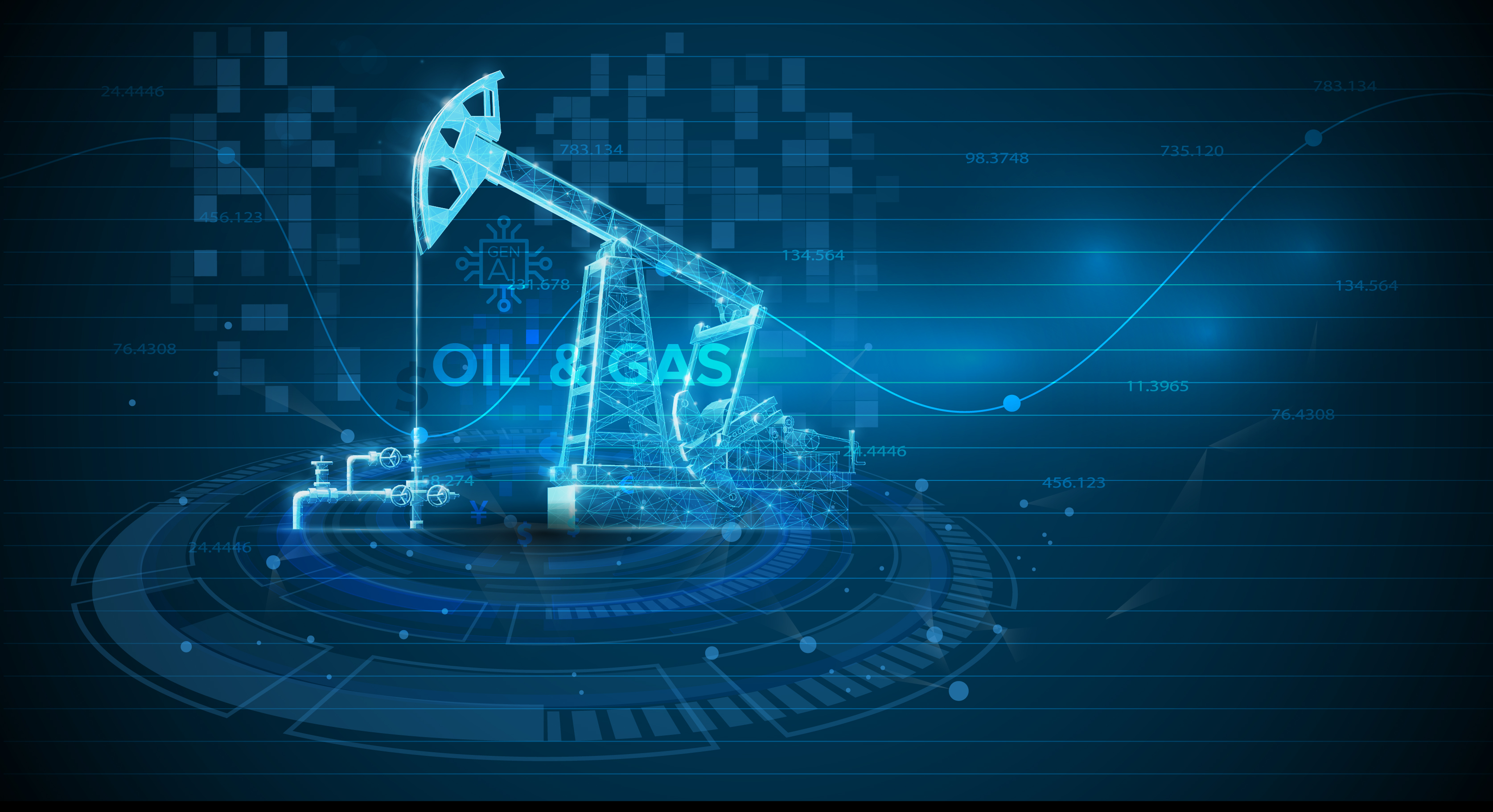

Biostratigraphy age prediction
Replaced manual rock aging
90% reduction in manual review

Wireline log saturation estimation
Closed missing log gaps
20% more accurate than manual estimat
.png)
Gas futures price forecasting
Enabled smarter trading
24% higher forecasting accuracy vs. benchmarks
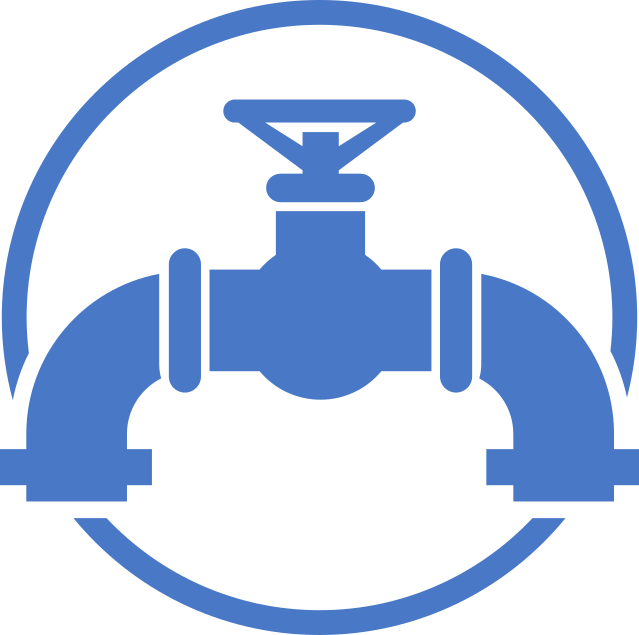
Industrial gas demand forecasting
Reduced supply imbalance
6.5% better accuracy; improved planning and reduced penalties


Always-Optimized KPI Applications
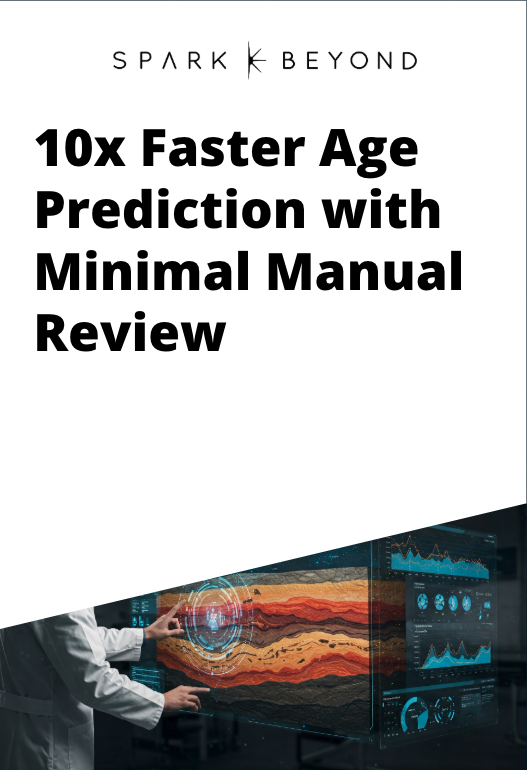
Challenge
- Traditional age estimation of rocks by biostratigraphers is time-consuming and subjective
- Client wanted to automate the process using advanced analytics
- Needed a scalable solution to improve consistency and speed in age prediction
Approach
- Expanded fossil species lookup from 100s to 60,000 to train the AI model
- Built a digital twin of the biostratigraphy process using historical well data (depth + fossil IDs)
- Trained AI engine to learn from historical patterns and predict age across depth continuously
Results
- 10x faster processing speed; 90% of samples no longer need manual review
- Age estimated continuously across depth levels
- Outputs categorized by confidence level, helping teams prioritize manual verification only where needed
Automated Age Prediction
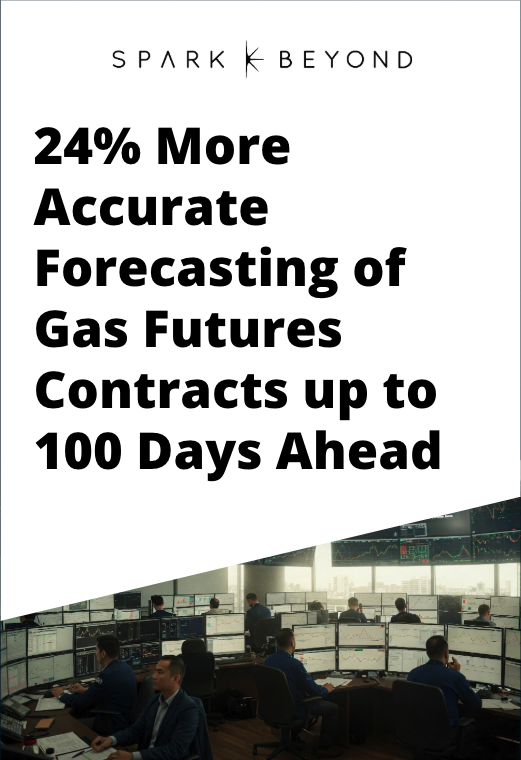
Challenge
- Predict daily price changes of monthly futures up to 100 days before delivery
- Needed to understand complex price drivers in European gas markets: demand, supply, weather, geopolitical events, and financial indicators
- Goal: build a forecasting model as a decision support tool for the trading team
Approach
- Analyzed historical gas prices, weather, macro indicators, Bloomberg news, forward curves, and more
- Combined structured and unstructured data to train a model predicting the expected percentage change in gas futures contracts
- Forecasted 100 days ahead, supporting traders with high-confidence insights
Results
- Achieved 24% higher accuracy than benchmark models
- Enabled better-informed buy/sell decisions in futures markets
- Supported traders with early warning signals and optimized risk-reward positions
Gas Futures Forecasting
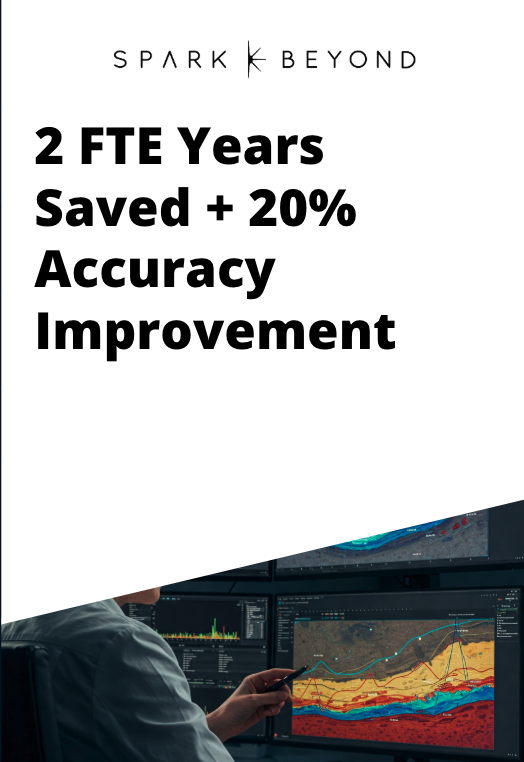
Challenge
- Estimate hydrocarbon saturation levels across large sedimentary basins with hundreds to thousands of wellbores
- Traditional methods required manual expert analysis, which was time-consuming
- Client wanted to save time and man hours by automating the saturation estimation process
Approach
- Analyzed hundreds of wireline logs (resistivity, porosity, gamma ray) and supporting datasets (casing, formation group, geolocation)
- Used explainable and predictive variables to estimate saturation
- Built a model that imputes missing values in wireline logs, reducing need for expert review
- In 12 weeks, addressed data gaps and predicted missing values for key logs
Results
- 2 FTE years saved through automation of the saturation estimation process
- Enabled client to effectively scan entire basin for hydrocarbon signals and reprioritize Geo-Scientist time to focus on top-ranked prospects
- Achieved 20% higher accuracy compared to traditional expert-based methods
Hydrocarbon Saturation Estimation
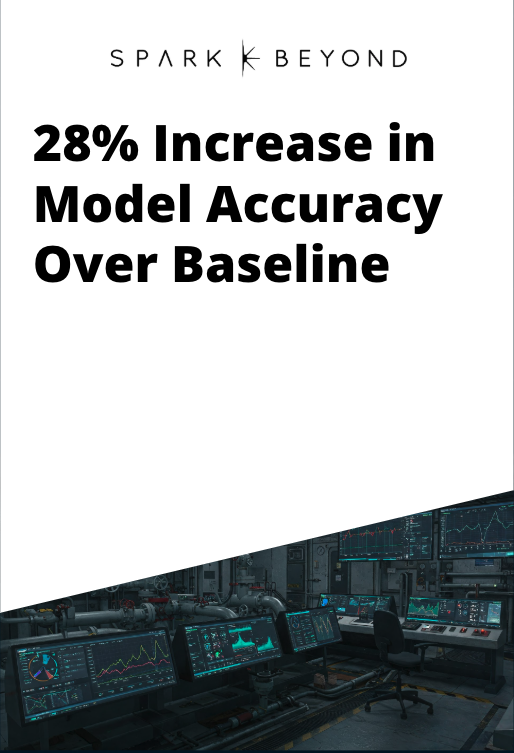
Challenge
- Client aimed to increase oil rate by improving forecasts of:
- Water Cut (percentage of water in extracted fluid)
- Gas/Oil Ratio (GOR) to understand volume of oil vs. gas
- Allocated Rates to determine oil per sensor per branch
Approach
Used historical well test data, sensor readings, and allocated rates. Built a model through:
- Data preprocessing (removing outliers, time alignment, lookups)
- Feature engineering and iterative learning
- Trained prediction model using SparkBeyond platform
- Analyzed 3.9 billion explainable features
Results
- 28% higher accuracy compared to baseline
- RMSE reduced from 9.2 to 6.6
- More precise oil production estimation
Improving Production Forecasts

Challenge
- Predicting gas demand within-day, 1 and 2 days ahead
- Consumption by industrial clients often fluctuates unpredictably, causing supply imbalances
- Needed to build a robust forecasting model to support operations and trading with better accuracy
Approach
- Used historical offtake, metering data, weather data and client metadata
- Developed model to predict actual gas consumption more accurately than clients’ nominated submissions
- Model tailored to two major European markets
Results
- 6.5% higher accuracy compared to benchmark models
- Forecasts provided more reliable input for trading decisions
- Enabled proactive planning and reduced last-minute balancing costs
Industrial Gas Prediction



